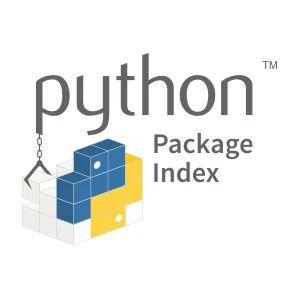A tool for genome-wide prediction of double-stranded RNA structures
Why it matters
- The new tool enables researchers to predict double-stranded RNA structures with unprecedented accuracy, paving the way for advancements in genetic research.
- It has significant implications for therapeutic developments, including RNA-based treatments and drug design.
- By streamlining the process of RNA structure prediction, this tool can accelerate discoveries in various fields, including molecular biology, genetics, and biotechnology.
In a groundbreaking development for the field of genomics, researchers have unveiled a novel tool designed to facilitate the genome-wide prediction of double-stranded RNA (dsRNA) structures. This innovative software, known as DSRNAscan, is expected to play a pivotal role in enhancing our understanding of RNA biology and its applications in medicine and biotechnology.
RNA, a crucial molecule in biological processes, exists in various forms, including messenger RNA (mRNA) and double-stranded RNA. While mRNA is known for its role in protein synthesis, dsRNA has emerged as an important player in gene regulation and immune responses. Understanding the structural nuances of dsRNA is essential for developing RNA-based therapies and advancing genetic research.
The newly developed DSRNAscan tool leverages advanced algorithms to predict dsRNA structures across entire genomes with remarkable accuracy. Previous methods often struggled with the complexities of RNA folding and the diverse structural motifs that dsRNA can adopt. However, DSRNAscan addresses these challenges effectively, providing researchers with a reliable means of analyzing dsRNA interactions within cellular environments.
This tool's development comes at a crucial time as RNA-based therapeutics gain traction, particularly in the wake of the COVID-19 pandemic, where mRNA vaccines have demonstrated the potential of harnessing RNA for medical purposes. DSRNAscan is poised to aid in the design and optimization of RNA molecules for therapeutic use, potentially speeding up the discovery of new treatments for various diseases.
One of the standout features of DSRNAscan is its user-friendly interface, which allows researchers from various backgrounds to access and utilize its powerful capabilities without the need for extensive computational training. This democratization of advanced genomic tools is expected to foster collaboration across disciplines, leading to innovative approaches in RNA research.
Moreover, the implications of DSRNAscan extend beyond therapeutic design. The ability to accurately predict dsRNA structures can significantly enhance the understanding of fundamental biological processes, such as gene expression regulation and the immune response to viral infections. By elucidating how dsRNA interacts with cellular machinery, scientists can gain insights into the mechanisms of diseases and develop more effective interventions.
The tool is also adaptable, meaning that it can be integrated into existing research workflows with relative ease. This adaptability is crucial as it allows labs to enhance their analytical capabilities without overhauling their entire research infrastructure. In a field where time and resources are often limited, such flexibility can be a game changer.
Additionally, DSRNAscan is open-source, promoting transparency and collaboration within the scientific community. Researchers are encouraged to contribute to its ongoing development, ensuring that the tool evolves to meet the needs of the community and incorporates the latest advances in RNA research.
As the scientific landscape continues to evolve with rapid advancements in genomics and biotechnology, tools like DSRNAscan will be essential in equipping researchers with the resources they need to explore the complex world of RNA. By providing a means to accurately predict dsRNA structures on a genome-wide scale, this tool represents a significant leap forward in our quest to harness the power of RNA in both research and therapeutic contexts.
In summary, DSRNAscan is not merely a software tool; it is a catalyst for innovation in RNA research. Its potential to transform our understanding of RNA structures and functions could lead to breakthroughs that resonate across a multitude of scientific disciplines, ultimately benefiting human health and advancing our knowledge of life at the molecular level.











